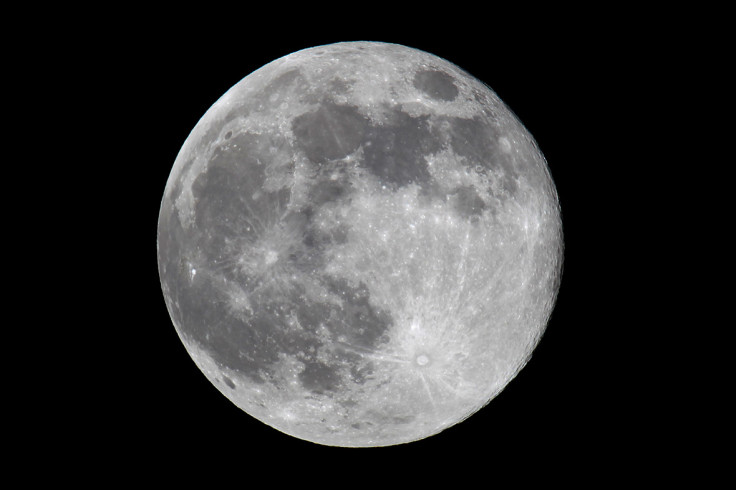Supermoon Trilogy 2014: Interesting Facts About the Harvest Moon and the Celestial Event

The third and final celestial wonder of the year 2014 is set to grace the night sky and astronomy enthusiasts are excited to watch the finale of the Supermoon trilogy, one of the rarest events in a year.
The August Super moon was the biggest and brightest in the trilogy as the moon was closest to Earth in its orbit.
Monday's supermoon, however, will appear 15% brighter and 7% larger than the normal full moon, the National Geographic reported.
Supermoons occur when the full moon is closer to earth in its egg-shaped orbit and thus looks bigger and brighter than normal and the event was best viewed in Northern Scotland.
"It's the marriage of the two occurrences when we get a brighter and larger-than-normal full moon," astronomer Geza Gyuk told the website.
"While this is nothing special from a science perspective, it is no doubt very poetical and very romantic," the astronomer added.
This year's full moon is also special as it is also the Harvest Moon of the year which occurs once every four years.
The corn moon will reach its full phase when it reaches the exact opposite spot of the sun. The view can be enjoyed on Monday night at 0138 GMT in the UK and 9:38 pm EDT in the US.
The last Harvest Moon appeared in 2009 and the next will occur in 2017. Generally the Harvest Moon is associated with autumn when the moonlight is exceptionally bright allowing the farmers to spend extra time in their fields to reap the crops.
Interesting Facts about Supermoon and Harvest Moon
1. Astronomers call the Supermoon by a less attractive name -- a perigee full moon. They don't see anything special in the moon other than the fact that it looks the largest in diameter.
2. The next Supermoon won't occur until September next year.
3. On October 8 the full moon will be known as the 'Blood Moon' because of its reddish ray and popular myth believes that the 'red full moon' is a sign of war.
4. It is a myth that the Harvest Moon stays longer in the sky say scientists as it rises a little later each night allowing farmers to reap their crops even during night.
5. Some superstitious beliefs say it is dangerous to sleep when the moonlight shines on your face.
© Copyright IBTimes 2025. All rights reserved.






















